In the dynamic world of photonics, high-power lasers have emerged as the linchpin for numerous industrial applications. Their unmatched precision, speed, and power have revolutionized processes, from cutting metals to intricate engraving. However, with such power comes the responsibility of ensuring stability and reliability, especially in demanding industrial environments. In this comprehensive guide, we delve deep into the significance of stability and reliability for high-power lasers, offering insights into maintaining and testing these lasers for optimal performance.
The Paramount Importance of Stability in High-Power Lasers
Why Stability Matters
In the world of high-power lasers, stability is not a mere luxury; it’s an absolute necessity. When we talk about stability, we’re referring to the laser’s ability to produce consistent and uniform outputs, irrespective of its operational duration. This consistency is paramount, especially in applications where precision is the key.
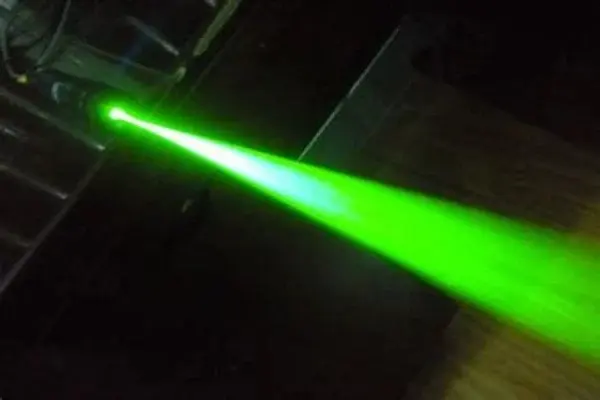
Imagine a scenario in the manufacturing sector where lasers are used for cutting or engraving. Here, even a minute inconsistency in the laser’s output can lead to significant discrepancies in the final product. Such inconsistencies not only compromise the quality but can also lead to substantial financial losses. For instance, in semiconductor manufacturing, a slight variation in the laser’s stability can lead to an entire batch of chips being rendered useless. Similarly, in medical procedures, where lasers are used for surgeries, stability ensures patient safety and the desired surgical outcomes.
Factors Influencing Stability
The stability of a high-power laser isn’t solely dependent on its internal components. External factors play a significant role in determining how consistently a laser performs. One of the primary influencers is environmental conditions. Factors like temperature, humidity, and even atmospheric pressure can impact a laser’s performance. For instance, a laser operating in a humid environment might experience condensation issues, which can affect its output.
Power fluctuations are another critical factor. Inconsistent power supply can lead to variations in the laser’s output, affecting its stability. It’s essential to ensure that the laser operates with a steady power source, free from surges or drops.
Lastly, like all equipment, the age of the laser plays a role in its stability. As a laser gets older, its components might wear out, or it might require recalibrations. Regular maintenance and timely replacements can help in prolonging the laser’s life and ensuring its consistent performance.
Reliability: The Bedrock of Industrial Operations
The Role of Reliability
In the fast-paced world of industry, where every second counts, the reliability of equipment is paramount. When we discuss high-power lasers, their reliability isn’t just a measure of their performance but a testament to their design, engineering, and maintenance. A reliable laser is akin to a well-oiled machine, seamlessly integrating into the industrial process, ensuring that there are no hiccups in the production line.
Imagine a production facility that relies on lasers for cutting or engraving. Here, a reliable laser means that there’s a continuous flow of products, with no unexpected halts. This continuous operation translates to consistent product output, meeting delivery timelines, and ensuring customer satisfaction. Moreover, a reliable laser reduces the need for frequent calibrations or adjustments, leading to optimal operational efficiency. In essence, reliability is not just about the laser’s performance but its contribution to the larger operational ecosystem.
Challenges to Reliability
While high-power lasers are designed for peak performance, they are not immune to challenges. One of the most common challenges is overheating. Given the intense energy outputs, lasers can generate significant heat. Without proper cooling mechanisms, this heat can affect the laser’s performance, leading to inconsistencies or even shutdowns.
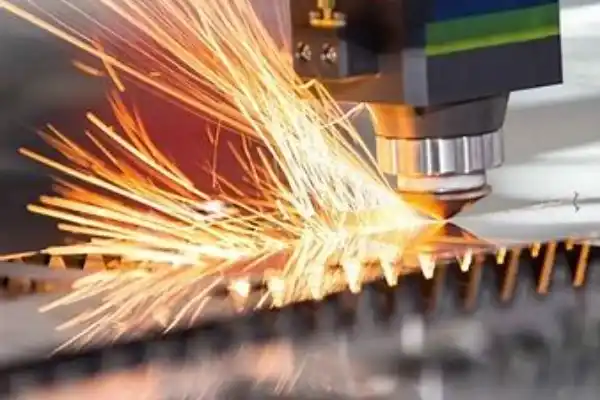
Component wear is another challenge. The internal components of a laser, like mirrors, lenses, and diodes, are subjected to intense conditions. Over time, these components can wear out or get misaligned, affecting the laser’s output. Regular maintenance and timely component replacements are crucial to address this challenge.
Lastly, external interference, such as electromagnetic interference or even physical obstructions, can impact a laser’s performance. Ensuring that the laser operates in a controlled environment, free from such interferences, is essential for its reliability.
In conclusion, while high-power lasers are technological marvels, ensuring their reliability requires a holistic approach. This approach encompasses not just the laser’s design and engineering but also its operational environment and maintenance protocols. By addressing the challenges to reliability proactively, industries can harness the full potential of these lasers, driving productivity and growth.
Ensuring Stability and Reliability in Industrial Environments
Regular Maintenance
In the world of high-power lasers, the adage “prevention is better than cure” holds true. Regular maintenance is not just a routine task but a proactive approach to ensure the longevity and optimal performance of the laser system. Over time, even the most advanced lasers can accumulate dust, grime, or experience minor wear and tear. Cleaning optical components, such as lenses and mirrors, ensures that the laser beam’s path remains unobstructed, leading to precise outputs.
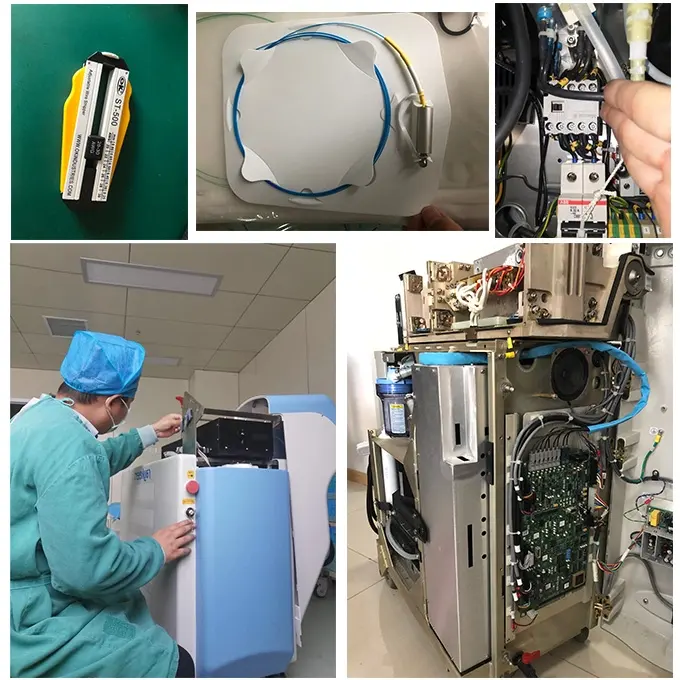
Furthermore, components like diodes or modulators can show signs of wear over prolonged use. By routinely checking these components, one can preemptively identify and address potential issues, reducing the risk of sudden breakdowns. Additionally, cooling systems, often the unsung heroes, play a pivotal role in dissipating the heat generated. Ensuring they function optimally is crucial to prevent overheating and maintain consistent laser performance.
Calibration and Alignment
A high-power laser’s efficiency is often a result of its precision. Regular calibration ensures that the laser operates at its peak, adhering to its specified parameters. Whether it’s the power output, pulse duration, or beam quality, calibration ensures that the laser’s performance matches its specifications. Moreover, alignment is paramount, especially for the optical components. Even a slight misalignment can lead to beam divergence, affecting the laser’s accuracy. Regular alignment checks ensure that every pulse, every beam is consistent, uniform, and on target.
Environmental Considerations
The environment in which a laser operates can significantly influence its performance. Factors like temperature and humidity can impact the laser’s thermal stability. A fluctuating temperature can lead to inconsistent outputs, while high humidity levels can cause condensation on optical components, affecting beam quality.
Dust and particulate matter, often overlooked, can settle on the laser’s components, leading to obstructions or even potential damage. Implementing air filtration systems or maintaining the laser in a cleanroom environment can mitigate these risks. By controlling these environmental factors, one can ensure that the laser operates in an optimal setting, enhancing its stability and reliability.
Testing High-Power Lasers for Optimal Performance
Power and Energy Measurements
In the realm of laser technology, ensuring that a laser’s output aligns with its specified parameters is paramount. Power meters and energy sensors serve as invaluable tools in this regard. These instruments measure the laser’s output in real-time, providing accurate readings of its power or energy.
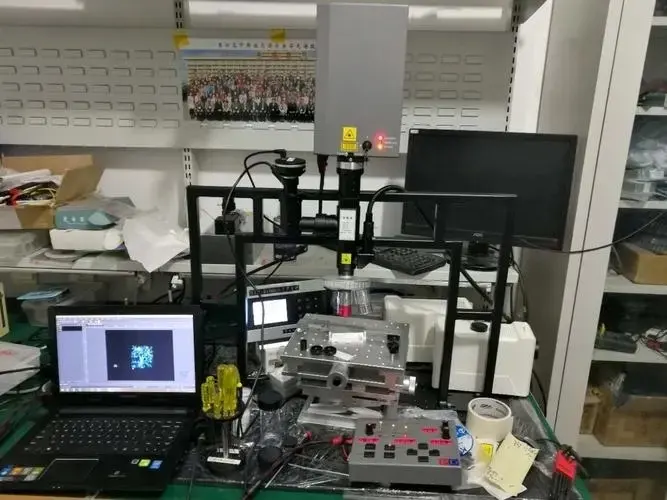
Power meters, specifically, gauge the continuous output of a laser, often represented in watts. On the other hand, energy sensors measure the energy per pulse, typically denoted in joules. Regularly monitoring these measurements ensures that the laser operates within its designated thresholds, guaranteeing consistent performance. Moreover, any deviations from the expected output can be an early indicator of potential issues, allowing for timely interventions.
Beam Profiling
Beyond just power and energy, the quality of a laser beam is equally crucial. Beam profiling offers a comprehensive analysis of the laser beam’s characteristics. Using specialized cameras and software, beam profiling captures the spatial distribution of the laser beam, providing insights into its shape, size, and intensity distribution. Whether it’s a Gaussian profile, a flat-top, or any other beam shape, profiling ensures that the beam’s spatial characteristics meet the required standards. This is especially vital in applications where beam shape directly influences the outcome, such as in material processing or medical procedures.
Long-Term Stability Tests
While immediate measurements provide a snapshot of a laser’s performance, understanding its behavior over extended periods is equally essential. Long-term stability tests involve operating the laser continuously for prolonged durations, sometimes spanning days or even weeks. These tests assess the laser’s resilience, consistency, and reliability over time.
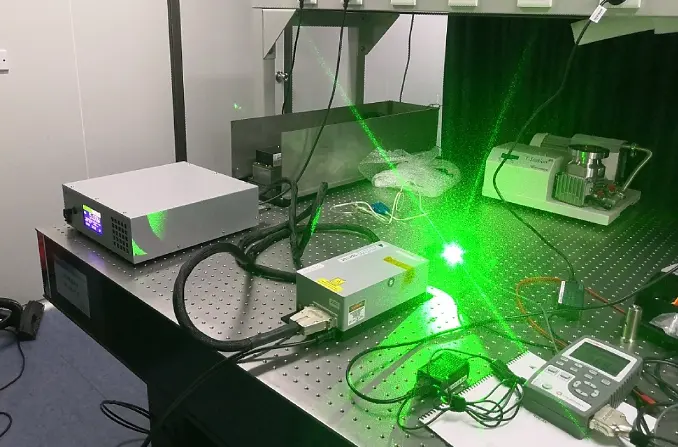
By monitoring parameters like power drift, beam quality, and thermal stability during these tests, one can identify potential wear and tear or component degradation. Such proactive assessments ensure that the laser remains reliable throughout its lifespan, preempting issues before they escalate into significant challenges.
In summary, a holistic approach to laser assessment, encompassing power measurements, beam profiling, and long-term stability tests, ensures that high-power lasers deliver optimal performance consistently. Such rigorous evaluations not only guarantee precision but also extend the laser’s operational life, ensuring maximum return on investment.
Conclusion
The world of high-power lasers is one of immense potential, but harnessing this potential requires an unwavering commitment to stability and reliability. In industrial environments, where precision and consistency are paramount, ensuring the optimal performance of these lasers is not just beneficial—it’s essential. Through regular maintenance, calibration, and rigorous testing, we can ensure that high-power lasers continue to drive innovation while meeting the exacting standards of industry.
FAQs
- Why is stability crucial for high-power lasers in industrial settings?
- Stability ensures consistent performance, preventing product defects and ensuring operational efficiency.
- How often should high-power lasers undergo maintenance?
- Regular maintenance, ideally after a set number of operational hours, is recommended to ensure optimal performance.
- What is beam profiling, and why is it important?
- Beam profiling assesses the characteristics of the laser beam, ensuring it meets required standards for shape and intensity distribution.
- Can environmental factors impact the reliability of high-power lasers?
- Yes, factors like temperature, humidity, and dust can influence laser performance, making environmental control crucial.
- What are the common challenges faced by high-power lasers in terms of reliability?
- Challenges include overheating, component wear, and external interference, all of which need to be addressed for optimal reliability.

Frank
Frank graduated from the University of Shanghai for Science and Technology, majoring in optics. As a technical engineer at Crylink Company, he deeply understands crystal materials and laser components.
Related Video(s) with this Article
Related Product(s) with this Article
Related Application(s) with this Article
